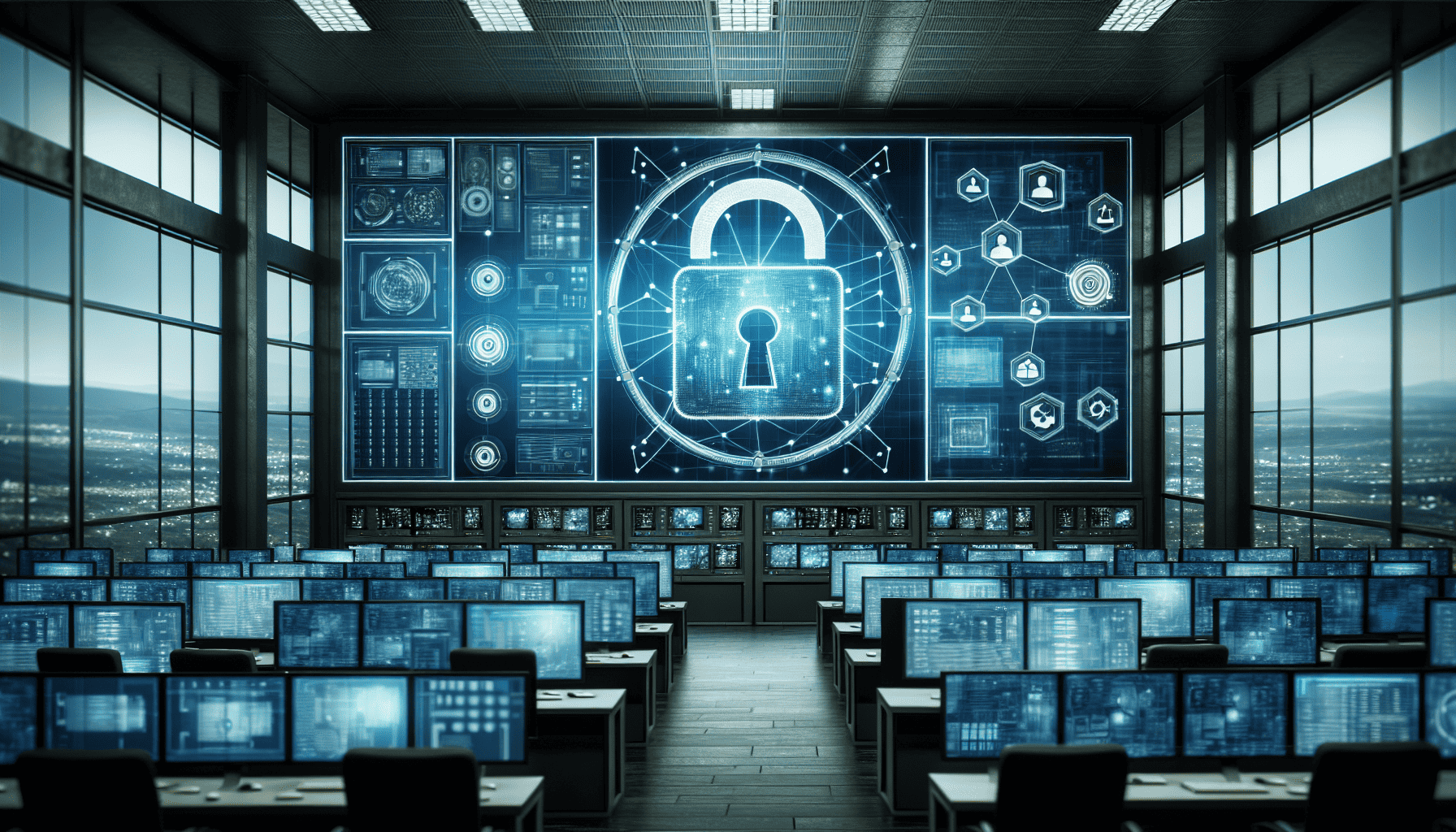In today's interconnected world, the threat landscape for digital assets is expanding at an unprecedented pace. As we increasingly rely on digital platforms for everything from personal communication to managing vast databases of sensitive information, the importance of advanced cybersecurity cannot be overstated. Protecting these digital assets requires an ongoing commitment to staying ahead of potential threats through the adoption of cutting-edge technologies and strategies.
One of the most significant advancements in cybersecurity is the integration of artificial intelligence (AI) and machine learning. These technologies provide a proactive approach to threat detection and response. By analyzing vast amounts of data in real-time, AI systems can identify patterns and anomalies that may indicate a security breach. This capability allows organizations to respond to threats more swiftly and accurately than traditional methods, thus minimizing potential damage.
Moreover, leveraging AI-driven analytics helps in predicting future attacks by assessing previous threat patterns. This predictive analytics empowers organizations to fortify their systems against likely attack vectors and reduce their attack surface significantly.
Another critical technology reshaping cybersecurity is blockchain. Originally designed as the backbone for cryptocurrencies, blockchain’s decentralized and immutable ledger offers unprecedented levels of security for digital transactions. In the context of cybersecurity, blockchain can provide secure methods for data transfer, identity verification, and even secure voting systems. Because of its decentralized nature, there is no single point of failure, making it resistant to traditional hacking techniques.
Moreover, the adoption of zero-trust architecture adds another layer of security by continuously verifying every device and user, regardless of their location within or outside the network perimeter. Zero trust operates on the principle that threats could exist both inside and outside the network, and thus, no entity is trusted by default. Implementing this model eliminates implicit trust and supports granular access controls, significantly enhancing protection measures.
Additionally, the use of encryption has evolved to bolster cybersecurity efforts further. Advanced encryption technologies, such as end-to-end encryption and homomorphic encryption, ensure that data remains secure not only in transit but also when being processed. These technologies are crucial in sectors like finance and healthcare, where sensitive data requires the highest levels of protection.
Furthermore, multi-factor authentication (MFA) is becoming a standard protocol rather than an optional measure. MFA adds a crucial layer of security by requiring users to present two or more verification methods before gaining access to sensitive data. Its widespread adoption reduces the risks associated with password-only systems, which are vulnerable to social engineering and brute force attacks.
Lastly, continuous employee training and awareness programs play a vital role in cybersecurity. No matter how advanced the technology, human error remains a significant vulnerability. Regular training ensures that all personnel are aware of current threats, understand best practices, and know how to act when they encounter suspicious activities. By cultivating a culture of security awareness, organizations can greatly reduce the chances of a successful attack.
In conclusion, protecting digital assets in the modern era requires embracing the latest in cybersecurity innovations. AI, blockchain, zero-trust architectures, advanced encryption, and robust access management protocols represent the forefront of this vital field. By leveraging these technologies and fostering a security-conscious environment, organizations can safeguard their digital presence and ensure the integrity and confidentiality of their data. As cyber threats continue to evolve, a commitment to advanced cybersecurity will be the cornerstone of digital resilience.
